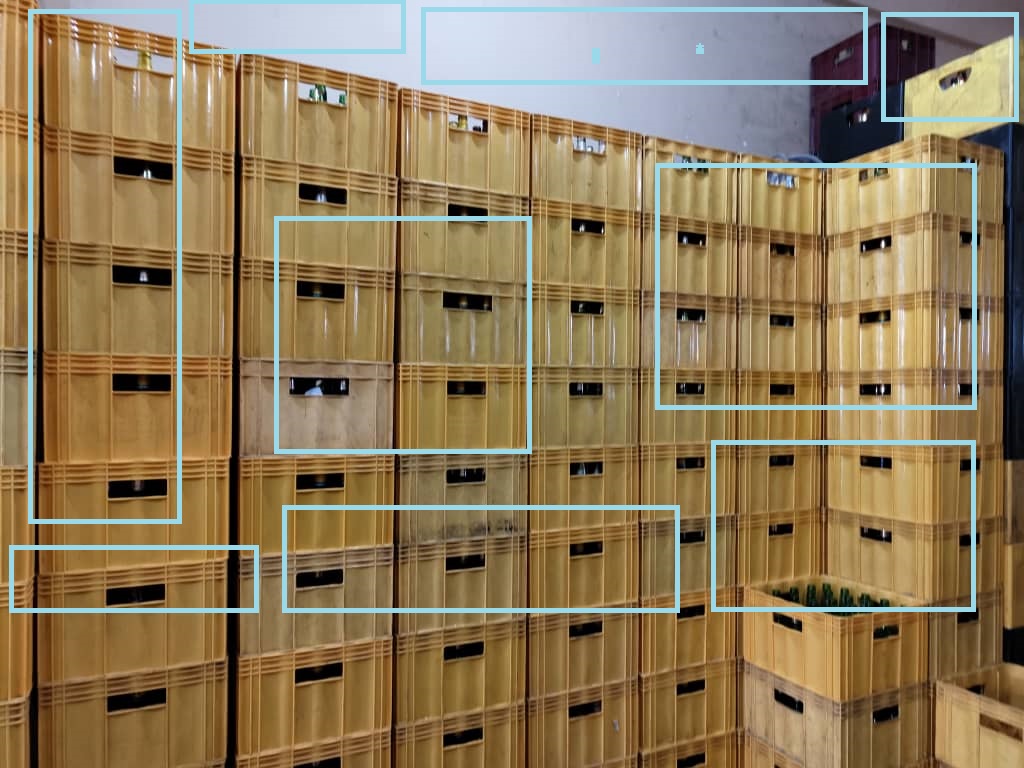Companies in the Fast-Moving Consumer Goods Sector and those that have a logistics chain of returnables often suffer a dilemma. Think of the companies that have a glass returnable chain in Uganda such as Coca Cola, Pepsi, Uganda Breweries, Nile Breweries. They suffer the dilemma of Returnables management. It’s one puzzle that no one has cracked in the history of Uganda’s manufacturing sector.
In the 90s, the local solution of this problem involved men going around with manually driven carriers. They would offer to give children oranges or money in exchange for the glass bottles. There’s one important number when it comes to returnables. It’s the rate of return versus what has been issued. That’s to say, if you issue 100 bottles, you expect to return 100 bottles. But that number is never 100 percent.
Why? There are many factors. Think of the customer who purchases the glass bottles, and they rest in their home. Those bottles if they don’t return, they’re classified as sleepers. Think of the glass bottles that get damaged during transportation or in the restaurants, at the distribution points. These then constitute what one terms as loss.
But there’s also leakages, glass bottles that could simply leave the country and never return. If you think of the activities on border districts. If a glass bottle enters the Democratic Republic of Congo, what’s the probability of its return?
It’s an age-old problem, the person who gets to crack this logistical puzzle could be the next billionaire. Ugandan organizations spend to the tune of over $3million dollars a year in glass related capex. That’s mainly to cover up for the glass attritions in the market. Worse, most FMCG firms do not have definite numbers of their glass populations or the return rates per region or distributor points.
But there’s also the trading dynamics. The market doesn’t consume at the same rate as the deliveries that are made. If Coca Cola sends 1000 crates to its distributor, it will take some considerable time for the market to consume and return those crates. The return rate could be 85% in a 30-day period, and then rise into the 90% in a 60-day period. That’s the point when these models start to break down. If in the same 30-day period, you have still delivered glass to the distributor, how can you accurately mark down their return rate?
This kind of problem calls for a proper returnables strategy. A strategy in the sense that there’s not one action that would solve for the returnables dilemma but a wholistic coordination of actions. What if for example one’s competition keeps buying up the glass and destroys it? What if there is a black market of glass? What about the logistics strategy? It could be that one’s logistics are not efficiently set up to enable returns. Most distribution chains are optimized for pushing out. But they are not optimized for collections, for the returns.
FMCGs need a proper return-logistics strategy that takes consideration of the market nuances. In Uganda, there’s also the fact that a glass bottle today could be used to sell paraffin the next day or some local herb. Those are the nuances that ought to be considered as one formulates a returnables strategy. The strategy should consider the consumer behaviour patterns, so there’s a behavioural psychology element to this problem. Distributors have credit periods; these too create unnecessary spikes and ultimately influence the turnaround times. And does the market see glass as an asset of these companies? Returnables glass should cycle around 25 to 30 times before it’s retired. That’s to say, the average life cycle for the glass asset is about 5 years. Most glass serves less than two years. Most glass capex purchase models are just broken and not fit for purpose.
But then, there’s a saying that the ‘purpose of a system is what it outputs’. Maybe in the case of Uganda’s returnable, the system is designed to function just like this and it’s persisted this way for decades because it serves all the players in this way. Otherwise what would the Kioos and other glass manufacturers in the region bank on if not the dysfunctionalities of this returnables system?

